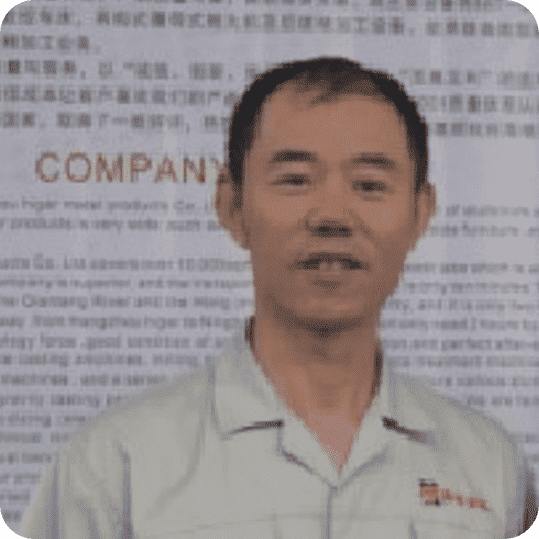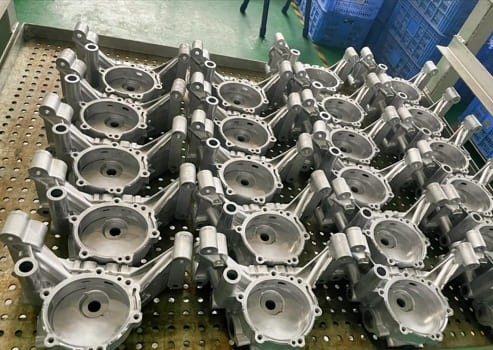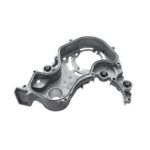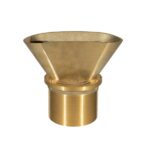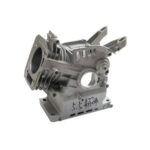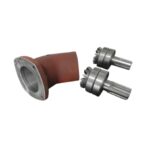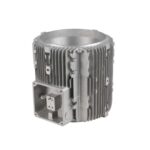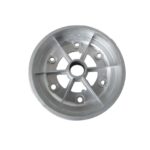In the manufacturing industry, die casting and metal stamping are two prominent processes used for producing metal components. Each method has distinct characteristics, advantages, and applications.
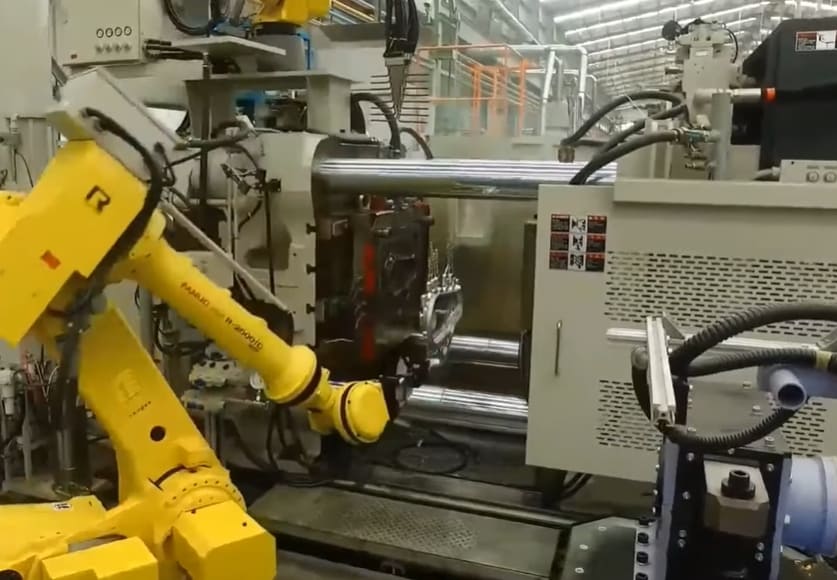
What is Die Casting?
Die casting is a manufacturing process that involves forcing molten metal into a mold cavity under high pressure.
This method is widely used for producing complex metal parts with excellent dimensional accuracy and smooth surface finishes.

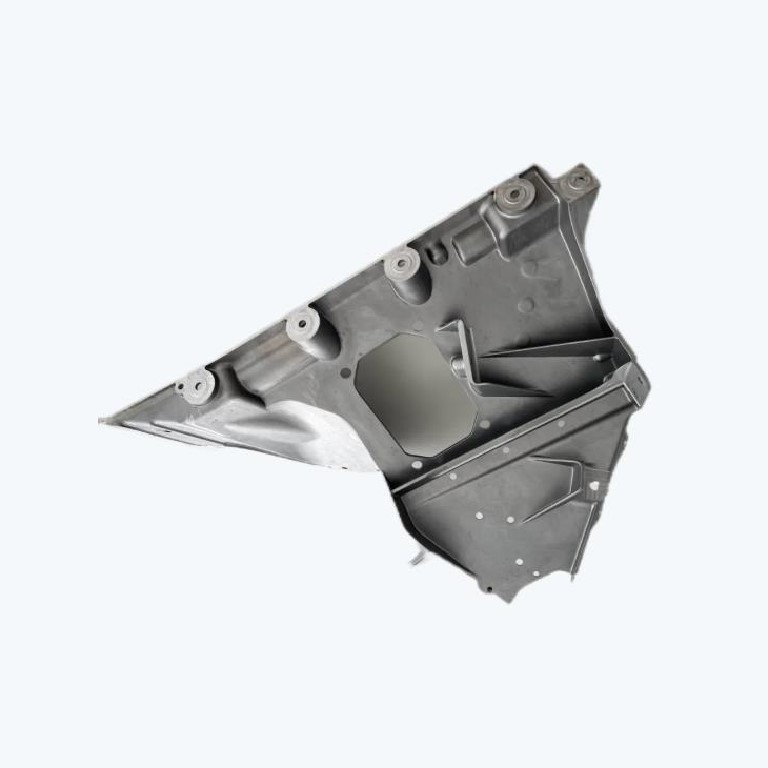

| Category | Detail |
|---|---|
| Process Steps | Description |
| Mold Creation | A steel mold, or die, is created to match the desired shape of the part. |
| Molten Metal Injection | Molten metal, such as aluminum, zinc, or magnesium, is injected into the die under high pressure. |
| Cooling and Solidification | The metal cools and solidifies in the mold, taking its shape. |
| Ejection | The mold is opened, and the finished part is ejected. |
| Types of Die Casting | Description |
| Hot-Chamber Die Casting | Used for metals with low melting points, like zinc and magnesium. |
| Cold-Chamber Die Casting | Suitable for metals with high melting points, such as aluminum and copper alloys. |
| Advantages of Die Casting | Description |
| High Production Rates | Efficient for large-scale manufacturing. |
| Excellent Surface Finish and Dimensional Accuracy | Produces parts with high precision and smooth surfaces. |
| Ability to Produce Complex Shapes | Capable of creating intricate and detailed designs. |
| Minimal Post-Processing Required | Reduces the need for additional machining or finishing. |
| Applications of Die Casting | Industry |
| Engine Blocks, Gearbox Housings | Automotive |
| Aircraft Components | Aerospace |
| Intricate Electronic Enclosures | Consumer Electronics |

What is Metal Stamping?
Metal stamping is a cold-forming process that uses dies and stamping presses to shape metal sheets into desired forms. It is ideal for producing large quantities of simple or moderately complex parts.
| Category | Detail |
|---|---|
| Process Steps | Description |
| Blanking | Cutting the metal sheet into blanks or preforms. |
| Forming | Shaping the blanks into the desired form using stamping presses and dies. |
| Finishing | Secondary operations like trimming, deburring, and plating to achieve the final part specifications. |
| Types of Metal Stamping | Description |
| Progressive Stamping | Involves multiple stages to produce parts in a continuous strip of metal. |
| Transfer Stamping | Uses a series of dies to shape the part as it moves from one station to the next. |
| Deep Drawing | Extends metal sheets into a deeper form, such as cans and containers. |
| Advantages of Metal Stamping | Description |
| Cost-Effective | Efficient for high-volume production. |
| High Precision and Repeatability | Produces parts with high accuracy and consistency. |
| Versatility | Suitable for a wide range of metals and thicknesses. |
| Minimal Material Waste | Efficient use of materials with little waste. |
| Applications of Metal Stamping | Industry |
| Brackets, Chassis | Automotive |
| Metal Housings | Appliance |
| Electronic Components | Electronics |
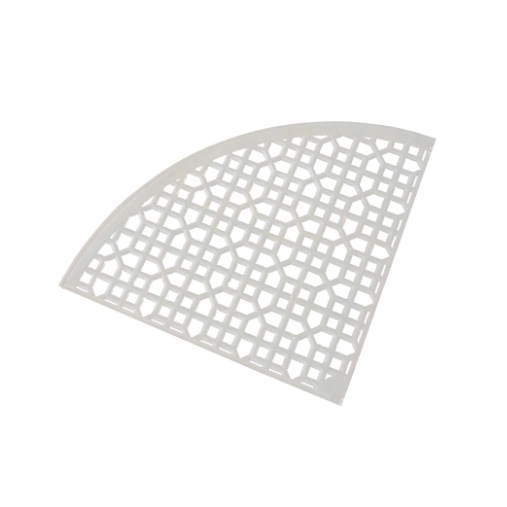


Die Casting vs. Metal Stamping: Key Differences
Material Usage and Waste
Die casting uses molten metal, resulting in minimal waste as the excess can be reused. Metal stamping, however, involves cutting and forming metal sheets, which can produce more scrap.
Production Speed
Die casting offers higher production rates for complex parts due to its ability to create intricate shapes in a single process. Metal stamping is more suitable for high-volume production of simpler parts.
Complexity and Design
Die casting is preferred for parts with complex geometries and fine details, while metal stamping is ideal for simpler, flat, or moderately shaped parts.
Tolerance and Surface Finish
Die casting provides superior surface finish and tighter tolerances compared to metal stamping, which may require additional finishing operations to achieve similar quality.
Conclusion
Die casting is ideal for producing complex, high-precision parts with excellent surface finishes, while metal stamping excels in high-volume production of simpler components.
Contact us today to discuss your project needs and receive a quote, you can trust us to deliver exceptional castings that meet your requirements.

